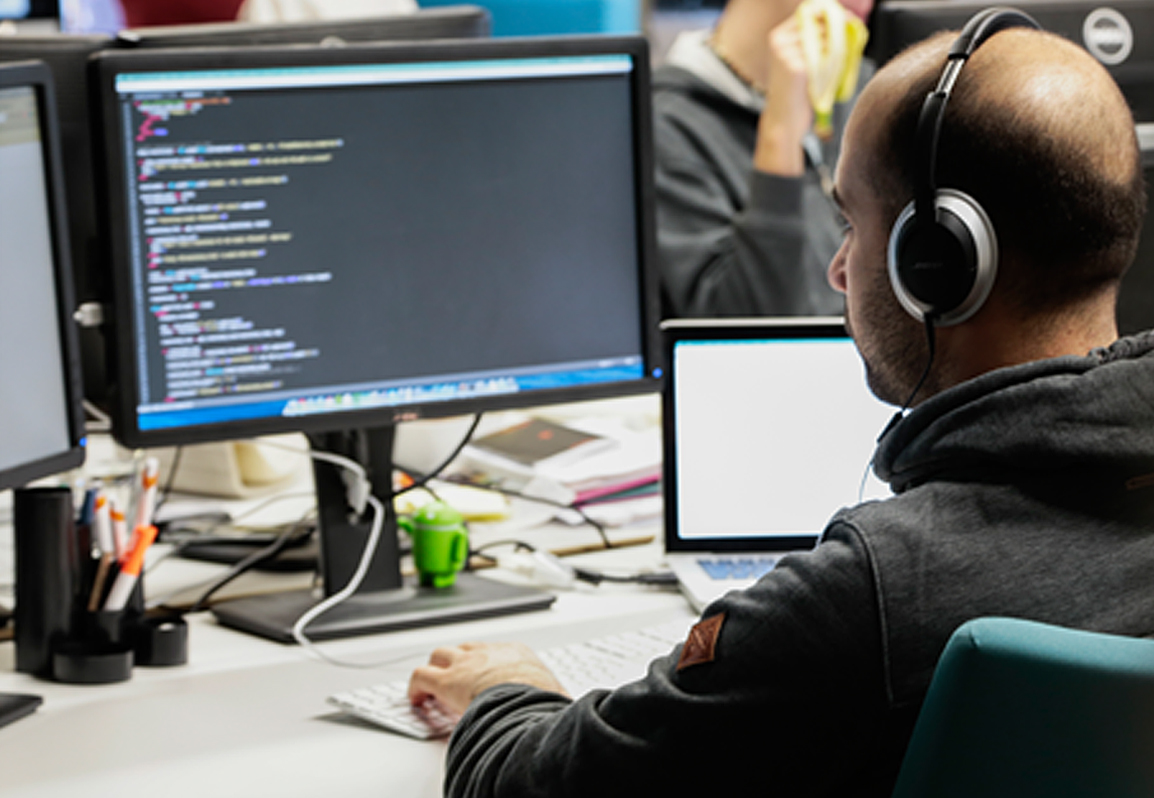As technology blooms, consumers will be shown items they want to wear, before they’re even aware of it themselves. They will receive accurate predictions about their style, with outfits coordinated by trends that have been discovered, or even created, by powerful machine learning-based software.
Despite this potential, there is still someway to go until the fashion industry and this type of software become symbiotic. So, what lies ahead?
The human touch
No matter how advanced machine learning is becoming, at this stage a human element is still needed. This is why data is so important.
Luckily, there is a lot of it out there. Within this data there are insights about every element of fashion, giving machines the tools they need to easily categorise any clothing, footwear or accessory. In order to create truly personalised recommendations, machines must understand the individual, not just fashion world. In many ways, they shouldn’t just understand the latest trends, but also make recommendations, comprehending what works for that particular person.
While machines are able to gain a significant amount of insight based on how people behave, browse and shop, there is still a long way to go before they can replicate a human level of personalisation.
How can this be achieved? Stylists themselves have to account for the personal preferences of the customer; considering their tastes, body types, how they want others to see them, as well as pulling experiences from interactions with similar clients. A good stylist will be able to recognise different factors when dealing with a particular customer, delivering them a truly customised, personal and intimate experience. This is something machines are still learning.
What software can do however, is learn about a customer’s style by looking at previous purchases and drawing a pattern between them. This helps them identify items that customers might be interested in, as they can draw links between similar purchases far more efficiently than a person. This can be useful for stylists and we expect that the next few years will see professionals working side-by-side with machines, delivering a holistic experience to the customer.
The journey of fashion
Software is able to gain insight from a range of different data, but prioritising it is much trickier. Consider past purchases. A machine can identify buying patterns and establish that a customer likes a particular kind of fashion, meaning it is able to recommend similar items. However, it cannot look into the context behind the purchase easily. Was it a gift for somebody else? Was the item returned because they did not like it or was it because it did not fit? This data could give a false narrative. There are ways of giving machines more insight though and, luckily, it only involves some minor tweaks. For example, giving customers gift options, such as removing the invoice from inside the package, can establish whether it is for someone else.
An important part of the machine learning revolution is for software to understand the intent behind a consumer’s journey. This can be done through analysing browsing behaviour – how long they looked at an item, where they are looking and what they are clicking on are all strong signifiers. By adding a subtle layer to this process, machines can begin to understand what a consumer loves and what they don’t. In time, software can learn how to tell whether a consumer is searching for something specific, comparing various items or just having a browse. Machines can then use this information to help the customer find what they love, becoming stylists themselves.
There is a real opportunity for humans and machines to learn from one another, creating a strong and long-lasting partnership that values both emotional and physical properties of fashion.
Eric Bowman is VP engineering at Zalando.






